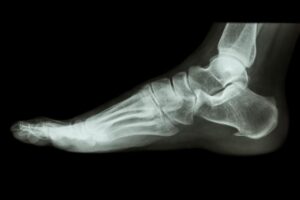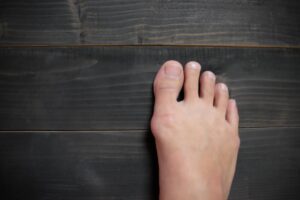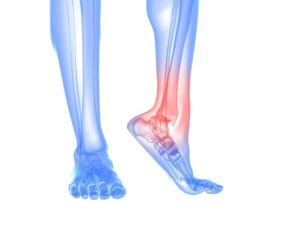Flat Foot Reconstruction Surgery: What to Expect During Recovery

Sometimes, reconstructive surgery is the best option for correcting flat feet. Ryan Golub, DPM, and Zachary Flynn, DPM, AACFAS, experienced podiatrists at Arizona Foot Health in Phoenix, Arizona, might recommend this treatment if your flat feet are severe or don’t respond to nonsurgical treatment.
After making a full recovery, reconstructive surgery can be life-changing by permanently eliminating pain and making it easier to get around. Here’s what you can expect while you recover from flat foot reconstructive surgery.
Preparing for reconstructive surgery
Reconstructive surgery for flat feet is low-risk and a permanent solution. However, it’s important to be prepared for an initial recovery period of several weeks to a few months.
To minimize recovery time and maximize your comfort, follow all pre- and post-operative care instructions from our team. Our podiatrists perform the surgery in as minimally invasive a manner as possible, making smaller inclusions during surgery that heal more quickly and have a lower risk of complications.
The first 6 weeks after reconstructive surgery
Flat feet reconstructive surgery is usually an outpatient procedure that allows you to go home on the same day without an overnight stay in the hospital. Our team prescribes pain medication to reduce discomfort during early recovery.
For the first several weeks, your foot is in a hard cast. You won’t be able to put any weight on it and must use a wheelchair or crutches to get around.
Our team recommends keeping your leg elevated as much as possible to reduce swelling. For several weeks after surgery, you might need assistance with tasks like personal care and household management.
6 weeks to 3 months after reconstructive surgery
After reconstructive surgery, you’ll have regular check-ups with X-rays and a physical exam to ensure your foot is healing properly. Six to eight weeks after surgery, your foot is usually sufficiently healed to remove the hard cast.
The next step is to put your foot in a removable cast or boot. Depending on your healing, you should be able to put some weight on the foot for increasing periods while wearing the removable boot.
More than 3 months after reconstructive surgery
At the three-month mark, you usually no longer need a special boot. Instead, you might wear special orthopedic shoes until healing is complete.
At this point, your foot is strong enough to begin physical therapy. The exercises and stretches help your reconstructed foot regain strength and function as you make a complete recovery.
Is flat foot reconstructive surgery right for me?
Our team evaluates your flat foot and recommends either conservative treatment or surgery. The ideal treatment depends on your symptoms, how serious your flat feet and symptoms are, and what other treatments you’ve tried.
Often, they recommend trying conservative treatment first before undergoing surgery. Surgery is a great option when nonsurgical solutions don’t work.
There is a long recovery period after reconstructive surgery, but once it is complete, you can expect a much higher quality of life. The surgery is safe and has a high success rate.
To learn more about surgery for flat feet, contact us to schedule a consultation.
You Might Also Enjoy...
The Achilles Heel
Given Arizona’s climate, patients are able to remain active year round. It’s why we all chose to live here. But…
Alleviating Back Pain and Other Benefits of Custom Orthotics You Didn’t Know About
Would you ever imagine that custom foot orthotics could improve your quality of life? That’s what many people say after…
9 Helpful Tips to Prepare Your Home Before Bunion Surgery
When moderate interventions, such as wearing wider shoes or using pads in your shoes, fail to ease your bunion pain…
When Should You Go to the Doctor for an Ingrown Toenail?
In most cases, you can nurse an ingrown toenail at home with over-the-counter pain medication, topical antibiotic creams, and soaking…
6 Home Exercises to Keep Your Ankles Strong
Ankles that feel wobbly and weak are vulnerable to injury. If you play sports, run, jump, or just walk often,…
Is Surgery My Best Option For Treating Bunions?
You have a bunion and it isn’t pretty, but if your bunion is small enough, or doesn’t hurt, you may…






